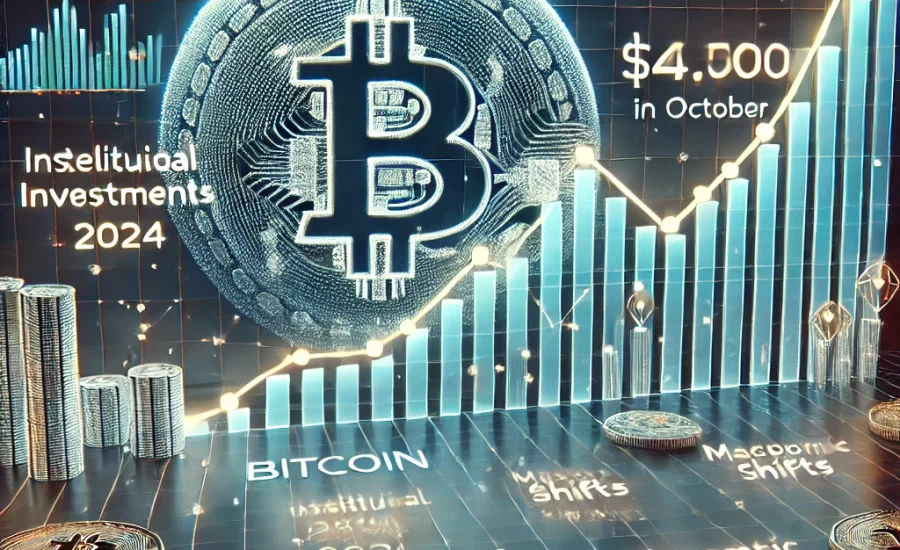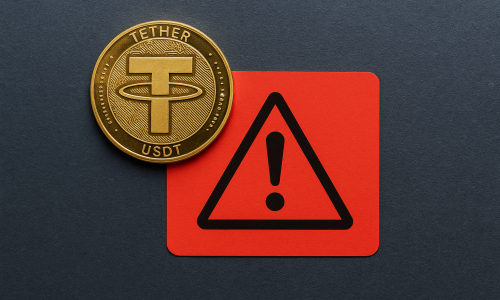Introduction
Bitcoin, the most well-known cryptocurrency, continues to dominate the digital asset market as a bellwether of the entire cryptocurrency ecosystem. On October 2, 2024, Bitcoin’s price stood at a significant pivot, influenced by a combination of macroeconomic factors, technological advancements, and investor sentiment. In this article, we explore the key elements affecting Bitcoin’s value on this date, providing insights for investors and enthusiasts alike.
Bitcoin Price Overview As Of October 2, 2024
As of October 2, 2024, Bitcoin was trading around $45,000, a significant uptick from its recent low in early September when it hovered near $40,000. This price movement highlights the volatility inherent to the cryptocurrency market, yet also points to underlying market optimism and confidence in Bitcoin’s long-term potential. The recent uptick can be attributed to a few key drivers that we’ll explore below.
Key Factors Driving Bitcoin’s Price
Macroeconomic Environment
One of the most important external factors influencing Bitcoin’s price is the broader macroeconomic environment. By October 2024, global markets were facing continued inflationary pressures, with central banks across the world still grappling with rising interest rates. In this climate, Bitcoin has regained its position as a hedge against inflation, as investors flock to alternative assets to protect their wealth from currency devaluation.
The Federal Reserve’s monetary policy continues to play a significant role. Although interest rates have seen hikes throughout 2023 and into 2024, there were expectations of a pause in rate increases. This pause has boosted investor sentiment toward riskier assets like Bitcoin. Historically, Bitcoin tends to perform better in environments where traditional monetary assets like bonds and stocks face lower yields or greater uncertainty.
Institutional Adoption and ETFs
Bitcoin has also benefited from increased institutional adoption. On October 2, 2024, Bitcoin received another major boost with the approval of additional Bitcoin exchange-traded funds (ETFs) by financial regulators in Europe and Asia. These ETFs allow retail and institutional investors to gain exposure to Bitcoin without directly holding the asset, contributing to liquidity and broadening its market appeal.
One of the major announcements in October 2024 was the introduction of the BlackRock Bitcoin ETF, which not only increased liquidity but also legitimized Bitcoin further as an asset class for large institutions. Institutional investors such as pension funds, endowments, and family offices have been increasing their exposure to Bitcoin, considering it as part of a diversified portfolio.
Technological Developments in the Bitcoin Network
Technological advancements within the Bitcoin network itself also play a role in its price movements. The Bitcoin Lightning Network, which enables faster and cheaper transactions, has continued to gain traction, improving Bitcoin’s functionality as a currency for everyday transactions. As of October 2024, several mainstream financial services and e-commerce platforms had integrated Lightning Network payments, further enhancing Bitcoin’s use case beyond mere speculation or a store of value.
Another notable development has been the Taproot upgrade, which allows for greater privacy and efficiency in transactions, bolstering Bitcoin’s technical foundations. These upgrades help sustain long-term confidence in Bitcoin’s viability as a payment method and a technological infrastructure, driving demand from both retail and institutional investors.
Halving Event Anticipation
Another significant factor contributing to the Bitcoin price rally in October 2024 is the looming Bitcoin halving event, expected in early 2025. A halving event reduces the reward for mining Bitcoin by 50%, decreasing the rate of new Bitcoin entering the market. Historically, halving events have preceded major price increases, as reduced supply coupled with steady or increasing demand creates upward pressure on prices.
Market participants are already pricing in the effects of the next halving, anticipating that the reduced supply will drive the price higher in the months and years following the event. This anticipation has driven speculative buying, which is supporting the current price level of Bitcoin.
Market Sentiment And Investor Behavior
Investor sentiment in October 2024 is cautiously optimistic. While concerns about regulatory actions in various countries remain, the overall outlook for Bitcoin is bullish. Surveys of institutional investors indicate a growing number are increasing their allocations to digital assets, with Bitcoin being the primary focus. Moreover, retail investors have also returned to the market, buoyed by Bitcoin’s resilience through volatile periods.
Sentiment analysis from social media platforms and forums shows a renewed interest in Bitcoin from the crypto community. The general consensus is that Bitcoin is on a positive trajectory, with many predicting the next major resistance level to be around $50,000. However, experienced investors also note that Bitcoin’s price could see sharp corrections, as is typical in the cryptocurrency market.
Regulatory Landscape And Impact
Regulation continues to be a crucial factor in shaping Bitcoin’s market performance. As of October 2024, U.S. regulatory authorities have taken a more nuanced approach toward cryptocurrency, focusing on clear guidelines rather than outright restrictions. This has provided a level of certainty that had been absent in previous years, encouraging institutional investors to increase their exposure to Bitcoin.
In Europe, the implementation of the MiCA (Markets in Crypto-Assets) regulation has also been positive for Bitcoin. MiCA provides a regulatory framework that offers legal certainty for businesses and investors in the crypto space, particularly Bitcoin. This clarity has removed some of the regulatory risks associated with investing in Bitcoin, making it more attractive for large-scale investors.
However, not all regions are as friendly. Some countries, particularly in Asia, have introduced stricter measures that limit Bitcoin trading or restrict access to cryptocurrency exchanges. Despite these challenges, Bitcoin continues to thrive in regions with supportive regulatory frameworks.
Future Outlook For Bitcoin
Looking ahead, the future of Bitcoin in 2024 and beyond remains promising. With increasing institutional adoption, favorable macroeconomic conditions, and a supportive technological landscape, Bitcoin appears well-positioned to continue its growth. While volatility will remain an inherent part of the Bitcoin market, its position as the leading cryptocurrency seems secure.
Conclusion
Analysts are divided on whether Bitcoin will reach new all-time highs in 2024, but many agree that the asset is likely to continue appreciating in value, particularly as the halving event approaches and demand remains steady.
For investors, the current price of Bitcoin as of October 2, 2024, represents a potential opportunity to enter or expand their positions before the market sees further upward movement. As always, caution and risk management remain essential, given the unpredictable nature of cryptocurrency markets.



